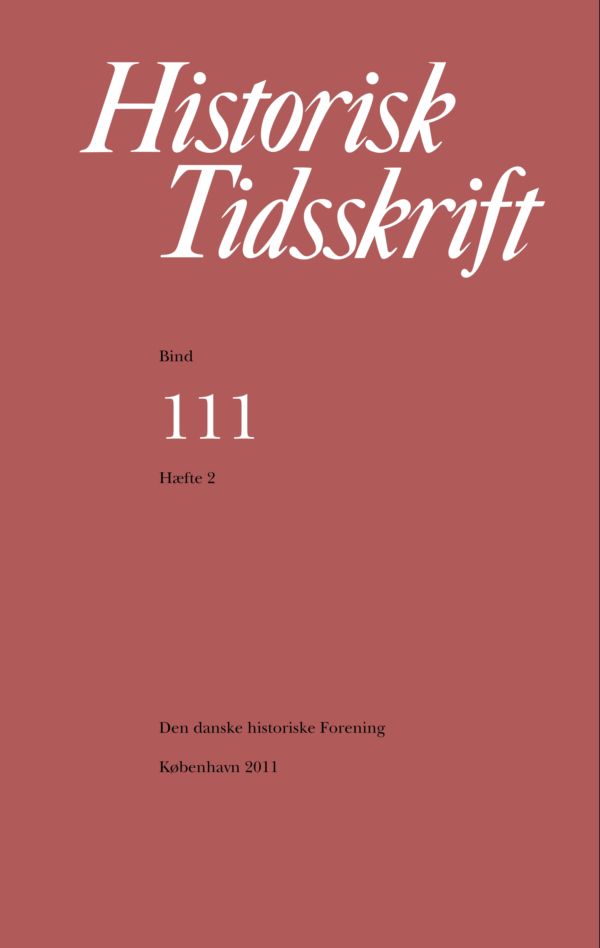Seppuku: Det rituelle japanske selvmord
Resumé
Seppuku: The Ritual Japanese SuicideThe Japanese warrior tradition of self-inflicted death by eviscerating the abdomen (seppuku or hara-kiri) with a sharp sword or dagger is probably one of the most painful and protracted ways a human being can end his or her life. Yet for close to a millennium until the end of the nineteenth century, it remained in vogue among the warrior elite in Japan, and it became a defining element in the construction of warrior ethos and status consciousness for centuries. The present article investigates this ritual from the earliest records of disembowelment up until present day Japan, where the seppuku may have lost its ritual and symbolic powers, but nevertheless still plays a significant role in suicidal behaviour. It is argued that until the end of the thirteenth century, seppuku was but one of several methods of suicide on the battlefield for defeated warriors, who could harbour few hopes of survival in an environment where prisoners rarely survived captivity for long. With the prolonged civil wars of the fourteenth century, however, seppuku seems to have become the standard form of suicide among warriors, who admired the courage and perseverance needed to succeed in the self-disembowelment. Still, the seppuku had to wait until the great peace of the Edo-period (1600-1868) before it was ritualized and transformed into an aesthetic and serene ceremony in which the aggressive energy of the medieval warriors was controlled and subdued to fit the needs of the centralized early modern state.Downloads
Publiceret
Citation/Eksport
Nummer
Sektion
Licens
Ophavsret til bidrag i Historisk Tidsskrift tilhører forfatterne og Den danske historiske Forening som udgiver af Historisk Tidsskrift. For illustrationer gælder den ophavsret, som står anført i billedteksten. Ophavsretslovens almindelige bestemmelser gælder, hvilket vil sige, at ophavsretten gælder i 70 år efter forfatterens død. Bidrag i Historisk Tidsskrift må derfor, med forbehold for en ”moving wall” på tre år, frit downloades, læses, gemmes, anvendes og citeres (med kildeangivelse) i privat og videnskabelig sammenhæng, men de må ikke helt eller delvis genudgives af tredjepart, heller ikke i redigeret form, uden tilladelse fra forfatterne og Den danske historiske Forening. Henvendelse skal i så fald rettes til Historisk Tidsskrifts redaktion på histtid@hum.ku.dk.





